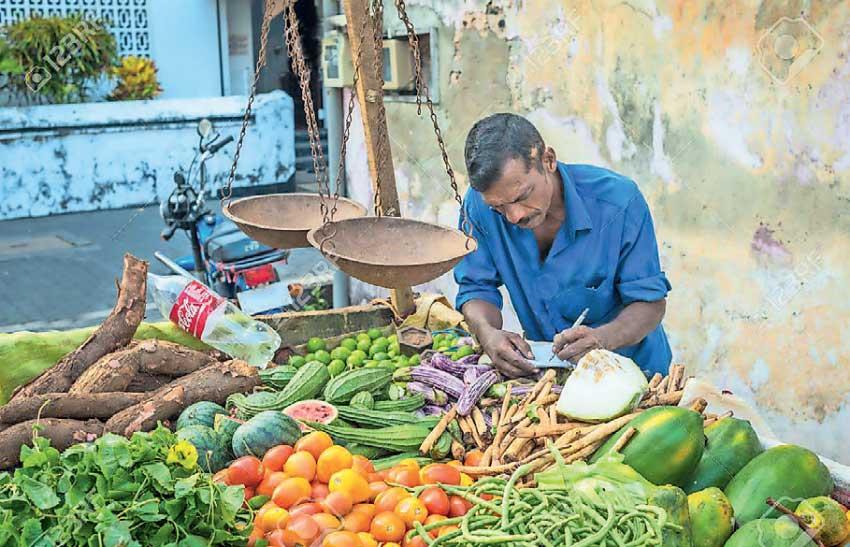01 Jul 2021 - {{hitsCtrl.values.hits}}

The consumer prices in Colombo soared in June, amid the escalating food prices caused by the disruptions to supply chains while the higher fuel prices since the second week of the month resulted in a chain reaction in almost all other sectors pushing prices up.
The prices measured by the Colombo Consumer Price Index (CCPI) rose by 5.2 percent during the 12 months to June 2021, accelerating from 4.5 percent in May, suggesting that people paid higher prices for their essentials.
June marked the second month in a row where the consumer prices rose since the prices declined to 3.9 percent in April.
The food prices stood out, as they rose the most by 11.3 percent in June from a year ago, while the prices jumped 3.9 percent from a month ago, from a 2.2 percent increase in May, reflecting continuously advancing food prices on a month-over-month basis.
Among the commodities, the prices of all categories of rice rose while green gram, sea fish, dried fish, curd, eggs, coconuts, coconut oil, vegetables potatoes, dhal Mysoor, big onions, garlic, green chillies and limes also recorded price increases during June over May.
Meanwhile, the prices of chicken, canned fish and fresh fruits led by banana and papaw declined.
The non-food prices rose by 2.5 percent in the 12 months to June, up from 2.2 percent in May but the prices softened from a month ago, reflecting limited outdoor activities during June, due to the virus-related restrictions.
The impact of the higher fuel price was mostly evident in the transport subcategory, which rose the most, while the healthcare-related expenses followed suit at lesser intensity.
Meanwhile, the so-called core prices measured barring the often volatile items such as food, energy and transport, rose by 3.2 percent in the 12 months to June, unchanged from May, in a reflection that the three categories acting in concert push the overall headline prices up.
While the current bout of inflation, caused predominantly by supply chain disruptions caused by the travel and other restrictions, the country could see hyper inflation if the Central Bank continues to inject liquidity at enormous proportions without the corresponding increase in the productive capacity of the country.
Sri Lanka has a bloating public sector with over 1.6 million state sector employees for whom the government spends 60 percent of its state revenues with inadequate contribution to the economic output.
Higher prices are also caused by the higher import cost, due to weaker rupee against the dollar, which also partly results from the Central Bank liquidity.
19 Nov 2024 30 minute ago
18 Nov 2024 8 hours ago
18 Nov 2024 9 hours ago
18 Nov 2024 9 hours ago
18 Nov 2024 18 Nov 2024